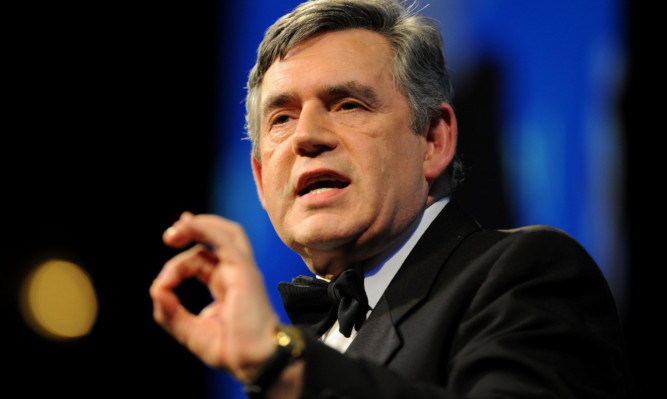Former prime minister Gordon Brown had one vote-winning quality that is notably lacking in the two frontrunners for the Labour leadership – his voice.
Research has shown that a rich, deep voice is attractive to voters, who associate it with strength.
Mr Brown, who was Labour leader and prime minister from 2007 to 2010, has a famously deep voice.
Andy Burnham and Jeremy Corbyn do not – their voices, though not shrill, are definitely more tenor than baritone.
Scientists in the US who set out to investigate why people are drawn to political candidates with deep voices found it had little to do with age and experience.
Instead, a low-pitched voice seemed to bring out the “caveman instinct” in voters, a primordial preference for brawn over brain that probably dates back to life in the last Ice Age.
“Modern-day political leadership is more about competing ideologies than brute force,” said study author Dr Casey Klofstad, associate professor of political science at the University of Miami.
“But at some earlier time in human history it probably paid off to have a literally strong leader.”
The researchers, whose findings are reported in the online journal Public Library of Science ONE, first conducted a survey of 800 people that suggested voters were most likely to pick candidates aged in their 40s and 50s.
Not only is this a time in life that combines good health with experience, it also happens to be when people’s voices reach their lowest pitch.
Sure enough, when another group of volunteers was asked to listen to pairs of altered recorded voices saying “I urge you to vote for me this November”, 60% to 76% of them said that in an election they would pick the owner of the deeper voice.
But when the scientists analysed voters’ perceptions of the candidates, they were surprised to find that strength and competence mattered more than age.
Next the team analysed the voice pitches of candidates from the 2012 US House of Representatives elections and found that those with lower voices were more likely to have secured a seat.
Dr Klofstad said: “We think of ourselves as rational beings, but our research shows that we also make thin impressionistic judgments based on very subtle signals that we may or may not be aware of.
“Becoming more aware of the biases influencing our behaviour at the polls may help us control them or counteract them if they’re indeed leading us to make poor choices.”
